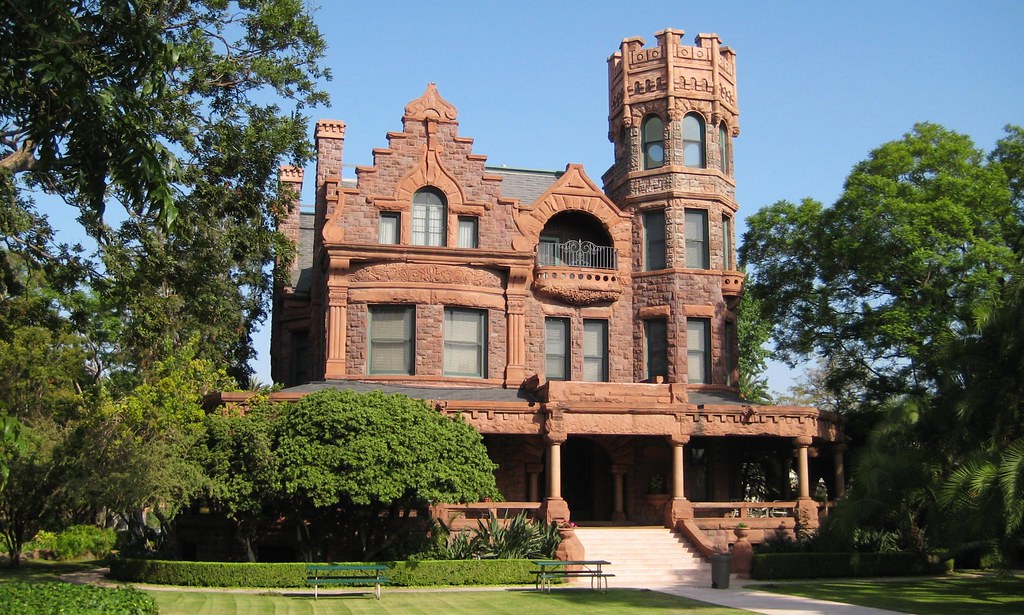 “House II: The Second Story” by On Location in Los Angeles is licensed under CC BY-SA 2.0
“House II: The Second Story” by On Location in Los Angeles is licensed under CC BY-SA 2.0
- FOLLOW THE DIRECTIONS IN THE:
- Read CINEMATOGRAPHY The Visuals and the Story by Bruce Block (PDF)
- Study each component and look for examples in films
- Review the Visual Story Template (PDF)
- Use the Story Visual Intensity Structure Scene Worksheet (PDF) to plan out the Visual Story component
- Use the Story Visual Intensity Structure Film Worksheet (PDF) to plan out the complete production
Seven Visual Story Components
| Cue | Notes |
| questions | Space- deep space, flat space, limited space, and ambiguous space. Emphasize longitudinal planes, move the camera, use wide angle lens. |
| Line and Shape- line, linear motif, contrast and affinity (orientation, direction, quality), shape, contrast and affinity (2D and 3D). Shape control requires examination of object’s silhouette. | |
| How does tone connect with screenwriting? | Tone- controlling gray scale, coincidence and non-coincidence of tone, contrast and affinity. Dark tones, light tones, contrasty tones. Exposure (normal, light, and dark). Find the subject, don’t confuse color with tone, hide or reveal objects. Staging based on where light is. |
| Color- teal and orange, light, color systems (the additive system is mixing light-red, green, blue and the subtractive system is mixing pigments-magenta, yellow, cyan). Hue, brightness, and saturation. Color palette, filters, time/location. | |
| Movement- actual movement, apparent movement, induced movement, relative movement, simple and complex, movement in screen world, contrast and affinity, continuum of movement. | |
| Rhythm- rhythm of stationary objects, rhythm of moving object, the event, rhythmic patterns, contrast and affinity, don’t confuse rhythm with movement. | |
Summary
Resources
- Mr. Le Duc’s Blog with numerous examples and further details
- Read The Visuals and the Story by Bruce Block (PDF)
- Visual Story Template (PDF)
- Story Visual Intensity Structure SCENE Worksheet (PDF) to plan out the Visual Story component
- Use the Story Visual Intensity Structure FILM Worksheet (PDF) to plan out the complete production
- Advanced Storyboard Template Explained
- Blocking Planning Guide (PDF)
- Blocking and Acting Worksheet (PDF)
- 5 Stages of Blocking Worksheet (PDF)
- Light Settings and Set-Up Worksheet (PDF)
- Camera Operation and Control
- Lens Operation and Control
- Audio Deck Operation and Control
- Acting Operation and Control
- Blocking Operation and Control
- Lighting Operation and Control
- Editing Operation and Control